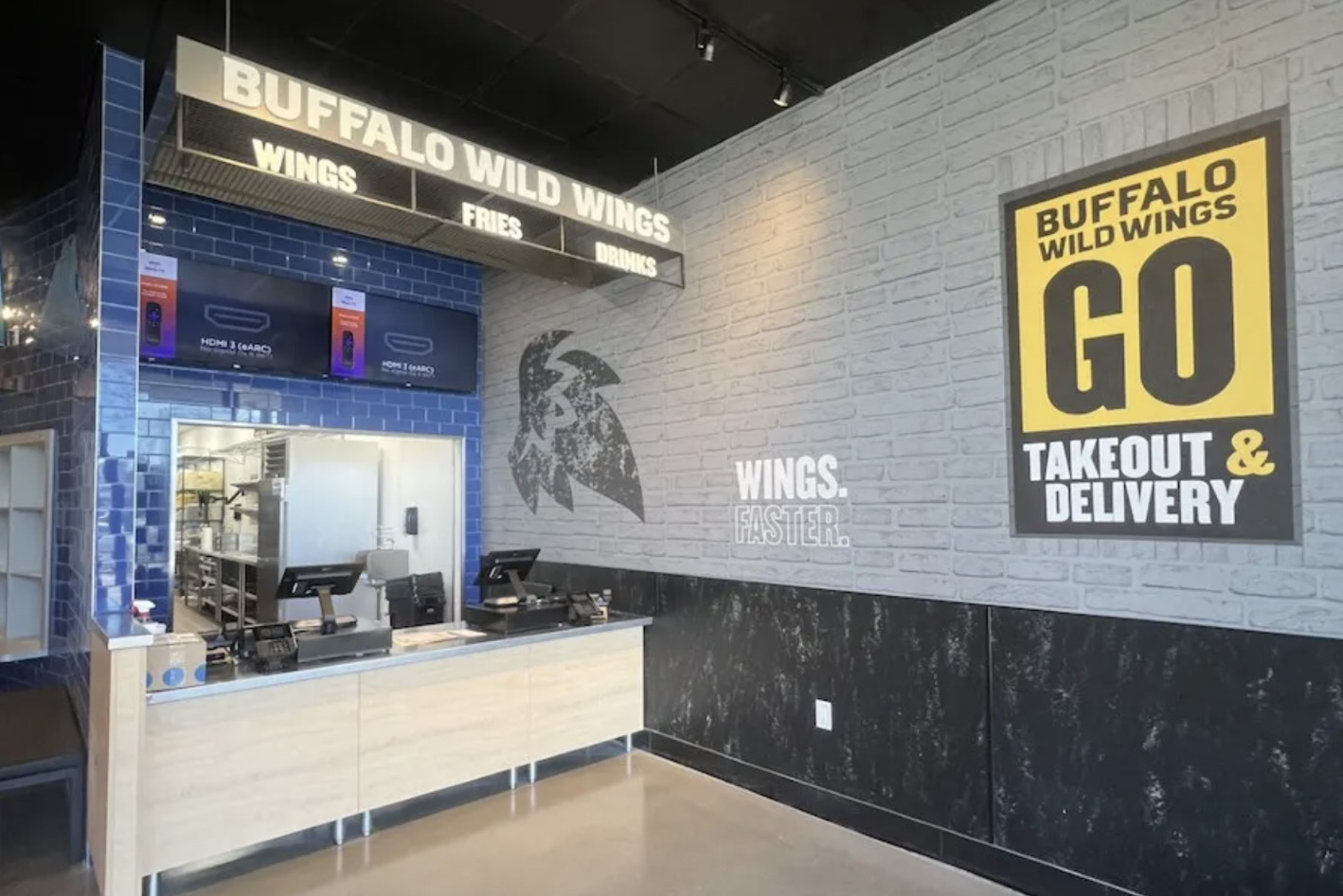 They’re just days away in Patchogue from unveiling Varieties of Experience, an exhibit spotlighting African-American artists that will run from Jan. 13 through Feb. 25.
They’re just days away in Patchogue from unveiling Varieties of Experience, an exhibit spotlighting African-American artists that will run from Jan. 13 through Feb. 25.
The exhibit will be on view at the Patchogue Arts Gallery at 20 Terry Street in the village, with an opening reception on Saturday, Jan. 13, from 5 p.m. to 7 p.m.
The gallery’s hours are Thursdays and Fridays from 2 p.m. to 7:30 p.m., and Saturdays and Sundays from 1 p.m. to 5 p.m., according to the Arts Council website.
Varieties of Experience is being curated by John Cino.
“We continue to see that people of color experience our nation in many ways that differ from the majority,” Cino writes about the exhibit (full essay below). “Artists of color will then include these experiences in the production of their work. However, it is not safe to assume that all will respond similarly, nor that all people of color have had the same experiences.
“While sharing a common bond of racial discrimination, African-American artists differ in sex, generation, location, and other variables,” he continues. “The sum of these experiences leads each artist to choices of technique, material, form, and subject; some have embraced their heritage, others seek to address social concerns, and still others look to universal themes.”
The collection will feature works by Faith Ringgold, Howardena Pindell, Emma Amos, Robert Carter, Emmet Wigglesworth, Ramona Candy, David Byre-Tyre, and others, according to the Arts Council.
“The truth of your soul is who you are …,” says featured artist Ramona Candy. “We all have the capacity to create and speak from our truth.”
JOHN CINO’S FULL ESSAY:
Any work of art can be considered the sum of all the creator’s experiences. Those experiences include both uniquely personal and archetypical common histories, life events, and relationships. It is from these that an artist’s particular voice emerges. A variety of experiences are common to some, but not all, artists.
We continue to see that people of color experience our nation in many ways that differ from the majority. Artists of color will then include these experiences in the production of their work. However, it is not safe to assume that all will respond similarly, nor that all people of color have had the same experiences. While sharing a common bond of racial discrimination, African-American artists differ in sex, generation, location, and other variables. The sum of these experiences leads each artist to choices of technique, material, form, and subject; some have embraced their heritage, others seek to address social concerns, and still others look to universal themes.
Drawing on her heritage, Faith Ringgold finds inspiration in the tradition of quilting. Through her story quilts she offers biographies of prominent figures and commentary on them, such as Mahalia, We Love You. Born in the later days of the Harlem Renaissance, Ringgold’s childhood among that neighborhood’s creatives is recounted in Tar Beach #2. Less than a decade later, Robert Carter was born in Kentucky. Working in realism on a par with Dutch Baroque painting and an assemblage technique developed in the 1950’s, Carter recalls the archetypal figures of his youth. In Back Next Week he presents one of his many figures of matrons, who were often the binding forces of his community.
Collage is an art form dating back to the early 20th century with an acknowledged influence from the art of Africa. Aminah Brenda Lynn Robinson, 2004 MacArthur fellow, combines everyday materials, buttons and fabric, with drawing for The Millennium Series #7: Tonight, A Life Spent in the Shelter…, acommentary on homelessness and poverty, which are so much greater in populations of color. The same issues are addressed by Emma Amos, whose work often combines painting, collage, and photo transfers. In Stars and Stripes she references an American flag and a group of 1950s-era African-American children. An ‘x’ across the flag seems to suggest that the American Dream might not be available to these children.
Howardena Pindell’s work came to maturity during the 1970s and suggests the Pattern and Decoration movement with an emphasis on women’s craft works elevated to a fine art status. However, Pindell crosses movement lines by also referencing decorative qualities and collage techniques often associated with African design, as in Untitled #50 and #51. These works eschew the narrative tradition and communicate through pure form.
Laurence Lee also eliminates narrative in his sculpture. Again, using techniques in his wood carvings developed in the early 20th century that borrowed heavily from forms in African sculpture, Lee presents works, Tao, which appeal to the shared humanity of all peoples.
Cheryl McBride employs an art making strategy first developed in the 1960s. Conceptual art, often considered an ‘art of ideas’, addressed difficult social issues through a display of data. The data were often recovered from deep layers of bureaucracy. In her works 17-31-14-2-3-473 and 38%-7%-22%-26%-7%-520, McBride examined the distribution of faculty and students by race, gender, and other variables and published statements concerning them at Nassau Community College where she teaches.
The concept of Identity politics has recently become a major trend in art making. In his challenging works David Byre-Tyre asks us to contemplate whether we are looking at a person or a color in Imported from Africa – Made in America. DeWayne Wrencher conducted an experiment in the series Hair Theory, in which he presented himself in five different hair styles and observed responses to each. Hair Theory VI presents a composite of all five images.
Varieties of Experience is rounded out by works from the collection of Robert Carter, works by Ramona Candy, Panchita Carter, Patricia Coleman Cobb, James Denmark, Frank Frazier, Lafayette Robinson, and Emmet Wigglesworth to celebrate the cultural heritage of African-American artists.
PAC would also like to thank the ACA Gallery, the Garth Greenan Gallery, and the Firehouse Gallery at Nassau Community College for graciously loaning work to this exhibition.
Photo: Faith Ringgold : Mahalia We Love You
(c) Faith Ringgold, Courtesy ACA Galleries, New York.























